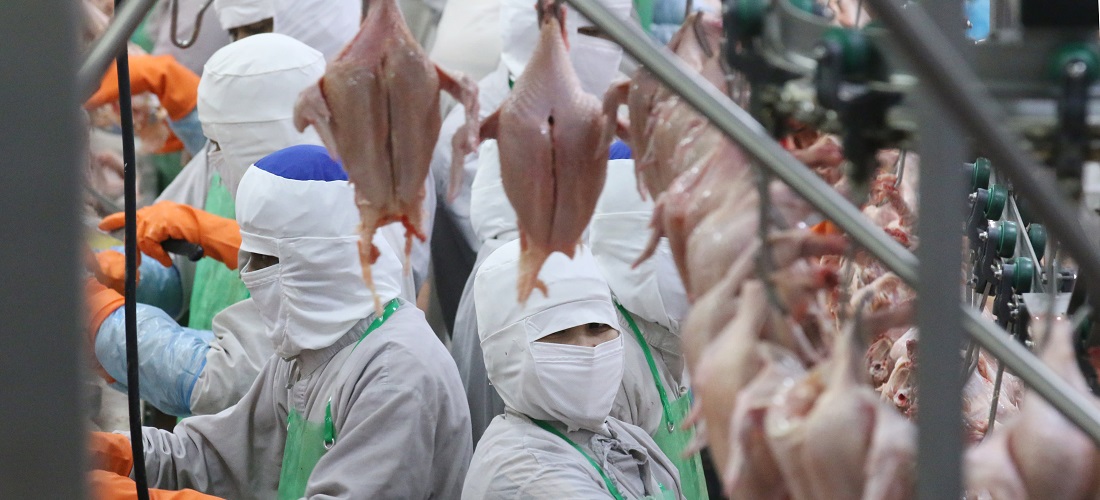
More Brazilian slaughterhouses receive authorization to export meat to China
Nov, 12, 2019 Posted by Sylvia SchandertWeek 201947
Another 13 Brazilian slaughterhouses have been enabled to sell meat to China, according to a statement from the Chinese health agency (GACC) sent to the Ministry of Agriculture, Livestock, and Supply (Mapa). Five beef, five pork, and three poultry plants were enabled.
The announcement was made on Tuesday (11/12) by Minister Tereza Cristina (Agriculture, Livestock, and Supply). “We have everything to deliver our production to the world,” said the minister, at the opening of Agrobit Brasil 2019, in Londrina (PR).
The five pork meat plants are in Rio Grande do Sul, in addition to a beef unit. São Paulo and Mato Grosso each had two units enabled by the Chinese. The other refrigerators that can export to China are in Goiás, Mato Grosso do Sul, and Paraná.
Beef
The enabled cattle plants are: Marfrig Global Foods in São Gabriel (RS); Frigorífico Sul, in Aparecida do Taboado (MS); Naturafrig Alimentos, in Pirapozinho (SP); Marfrig Global Foods, in Pontes e Lacerda (MT); and JBS, in Senador Canedo (GO).
Pork
The pork meat plants are: BRF, in Lajeado (RS); Cooperativa Central Aurora Alimentos, in Sarandi (RS); JBS Aves, in Caxias do Sul (RS); Seara Alimentos, in Três Passos (RS) and Seberi (RS).
Poultry
The poultry plants are: Zanchetta Alimentos, in Boituva (SP); União Avícola Agroindustrial in Nova Marilândia (MT); and Unita Central Cooperativa in Ubiratã (PR).
The following chart, based on DataLiner data from Datamar, shows Brazilian beef, pork, and chicken exports from Brazil to China from January 2015 to September 2019:
Graphics Source: DataLiner/Datamar
-
Grains
Oct, 16, 2019
0
Cargill appoints Paulo Sousa as its president in Brazil
-
Ports and Terminals
Sep, 26, 2019
0
Port of Itajaí and Ponta da Madeira TUP lead ANTAQ’s Environmental Ranking
-
Meat
Mar, 27, 2019
0
USDA schedules meat plant inspections for June
-
Fruit
Apr, 05, 2019
0
Lowest volume of fruit exported from San Antonio Port in 25 years, Q1 2019

